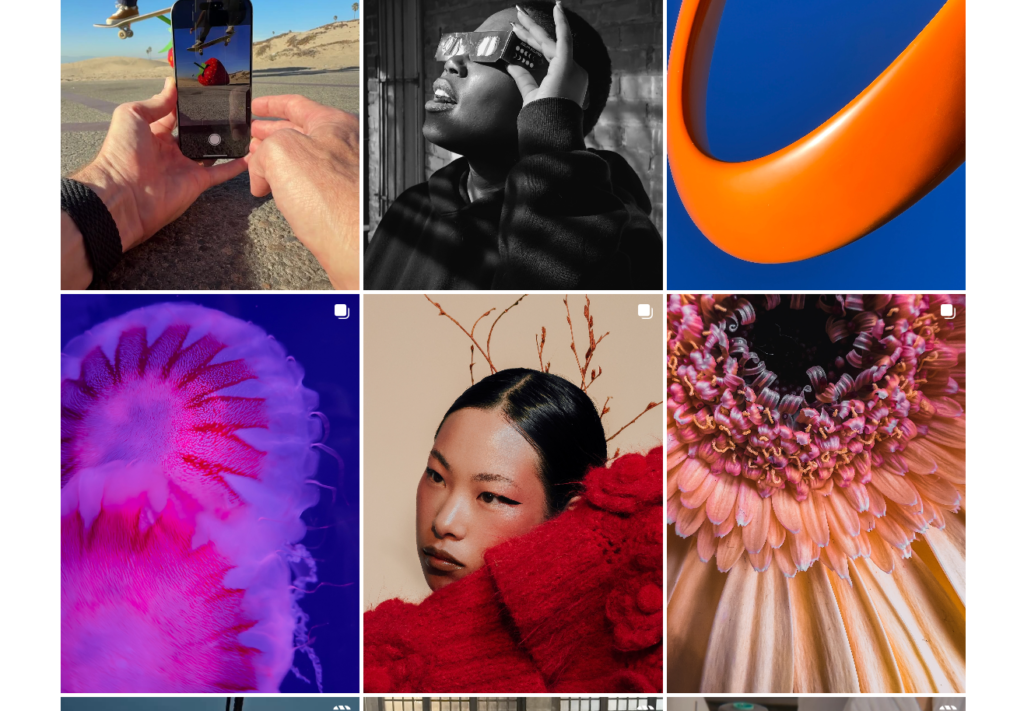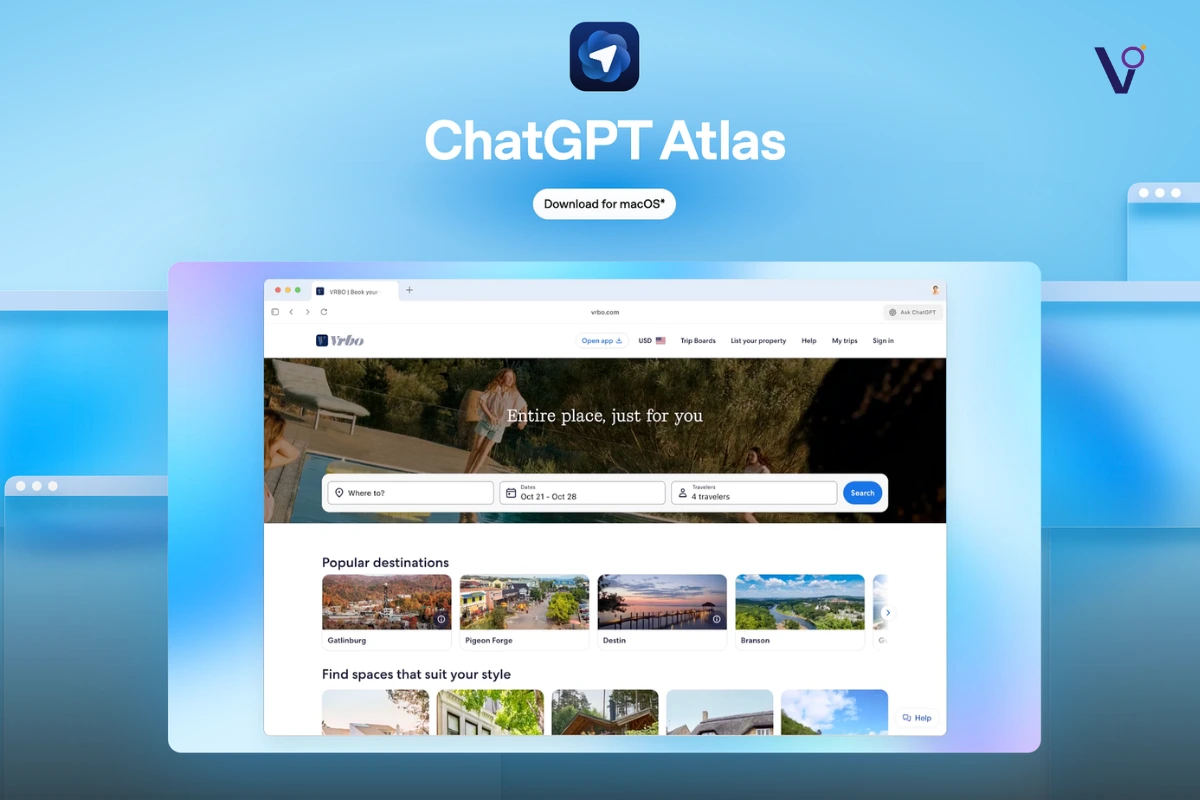Gary Vaynerchuk firmly believes in creating broader content for his social media marketing strategy. When he first started producing business-related content, the overwhelming response was, “Stay in your lane, wine boy! What do you know about business?” It was a surprising reaction, considering business had always been at the core of his work.
For brands and individuals looking to succeed in today’s landscape, going all-in on social media is non-negotiable. According to Gary, the top three platforms that demand attention right now are:
- Facebook Fan Pages – A game-changer once again.
- YouTube Shorts – A major opportunity for visibility.
- TikTok – Still offering unmatched organic reach.
While these three platforms dominate the space, Twitter, Instagram, LinkedIn, and traditional YouTube videos still play a vital role in a well-rounded content strategy.
The ROI of Attention
One of Gary’s key lessons on marketing revolves around the idea of attention as currency. He often compares it to basketball—where the return on investment (ROI) of a basketball for LeBron James is worth billions, while for him, it has only resulted in torn meniscuses.

A common mistake businesses make is treating social media marketing strategy as a singular, generic concept. Instead of adapting to new trends, many resist change, ultimately falling behind. Gary warns that businesses relying heavily on Google Search will likely struggle in the coming years as user behavior shifts away from search engines and toward social platforms.
For him, there is no close second to organic social media when it comes to business growth. He challenges brands to ask themselves: “How do I post a video and picture every single day across major platforms to grow my business?”
Social Media Marketing Strategy’s Evolution
For the past 17 years, Gary has been advocating for social media marketing strategy’s potential in business. In the early days, the focus was on accumulating followers, and engagement was primarily limited to a brand’s existing audience.
However, social media has undergone a massive shift in the last two years. He points out:
- Five years ago, he urged people to get on TikTok, even when it was widely dismissed as an app for 14-year-olds dancing.
- History has proven that social platforms age up—Facebook began as a college network but eventually expanded to every demographic.
- The most significant change has been the shift from the social graph (content from people users follow) to the interest graph (content based on user behavior).
This shift has revolutionized the way businesses reach their audiences. Platforms like TikTok now prioritize content that aligns with users’ interests, rather than limiting exposure to a predefined follower base.
How Apple Wins Without Traditional Social Media

One of the best examples of social media done right—with minimal effort—is Apple. Unlike most brands, Apple doesn’t flood social media with product images, flashy ads, or constant updates. Instead, they let their storytelling do the selling.
- No Product Images on Their Website – If you visit Apple’s website, you’ll notice something unusual: there are almost no standalone product images. Instead, you see experiences—a filmmaker using an iPhone, a student creating music on a Mac, or a traveler capturing breathtaking photos.
- They Sell a Lifestyle, Not a Product – Apple doesn’t just market devices; they market what you can do with them. Their ads don’t say, *“Here is the latest iPhone with XYZ features.”* Instead, they showcase real-life moments—a child’s first steps captured in cinematic mode, an artist sketching their next masterpiece on an iPad, or a filmmaker shooting an entire movie using only an iPhone. Apple’s marketing isn’t about specs; it’s about the experience.
The Secret to Growing on Social Media

I don’t care about social media for the sake of social media. I care about what works right now to grow a business. In 2001, I would have been talking about email and Google. In 16 years, it might be VR or AR. But today, it’s social media.
If you’re running a business doing $3M to $10M in revenue, you can double your revenue entirely through social media. But here’s the reality: 98% of you will do nothing about it.
That’s why I’m excited about Q&A. I want to find out which 3-6 people in this room will actually take action.
The Formula for Success
Here’s our simple ask: Post 1-2 videos and pictures per day.
When you post on TikTok, YouTube Shorts, LinkedIn, and Facebook, tweak the content slightly to fit the platform’s audience. For example:
- Facebook content reaches an older demographic.
- LinkedIn users are in a professional mindset.
- TikTok and Instagram require more engaging, informal content.
You already adjust your behavior based on the platform you’re on—now, apply that to your content strategy.
What Should You Post?
If you’re posting once a week or once a month, you’re probably wondering: “What the hell am I going to post?”
Here’s the answer: Post things of value.
For example, one of the best-performing content strategies in your industry could be titled: “A video so you don’t have to hire me.”
Most of your customers call you for help with the dumbest things—things they could fix themselves. Educate them. Show them the most common mistakes people make. Provide real value.
When Gary started Wine Library TV, his initial plan was to sell wine like QVC or the Home Shopping Network. But as soon as he turned on the camera, he thought: “If this takes off, people will know me. I better tell them what I actually think about wine—good or bad.”
That moment of authenticity changed his career.
Final Thoughts
The key to success in today’s world is creating content at scale and providing real value.
- Dominate Facebook, YouTube Shorts, and TikTok.
- Post at least 1-2 new videos and images per day.
- Tailor content to fit each platform.
- Educate, entertain, and build trust with your audience.
Apple’s genius lies in storytelling, not just selling. They craft experiences that captivate audiences without traditional social media. Inspired by this approach? Viral Omega can help grow your brand by managing your social media and creating engaging posts that truly connect.
Traditional display ads are static banner advertisements placed on websites or digital platforms. They often focus on visuals and direct messaging rather than interactive or storytelling elements.
Apple’s strategy is unique—it avoids direct product promotions and instead focuses on storytelling. Rather than flooding social media with ads, Apple shares experiences, emotions, and user-generated content to create a strong brand image.
Apple’s brand power comes from exclusivity and word-of-mouth marketing. Instead of frequent posts, they rely on user experiences, press coverage, and community-driven conversations to maintain a strong presence.



